
Detroit Woodlands
How to make forests without planting trees—just add time.
Photo © Lambert, Rotherstien, & Associates
This mature woodland on Detroit’s west side is 24 years old, and was created as a result of the building removal process.
Over the last few decades, little has been done to intentionally improve the site. For example, no new trees have been planted, and very little effort has been spent to remove or weed any existing plants.
The owner, who lives nearby, maintains his (neighboring) sidelot, as well as the woodland’s edge so that the sidewalk remains clear and walkable, and occasionally disposes of organic yard waste, like hedge clippings and tree branches, in the forest patch.
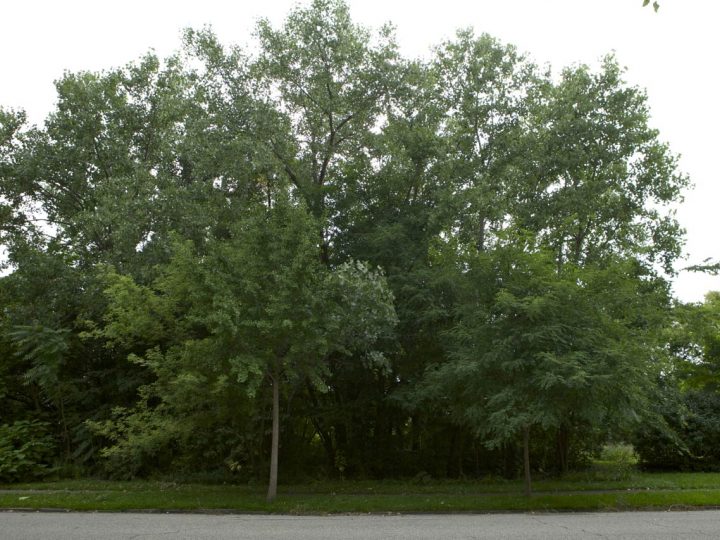
Photo © Lambert, Rotherstien, & Associates
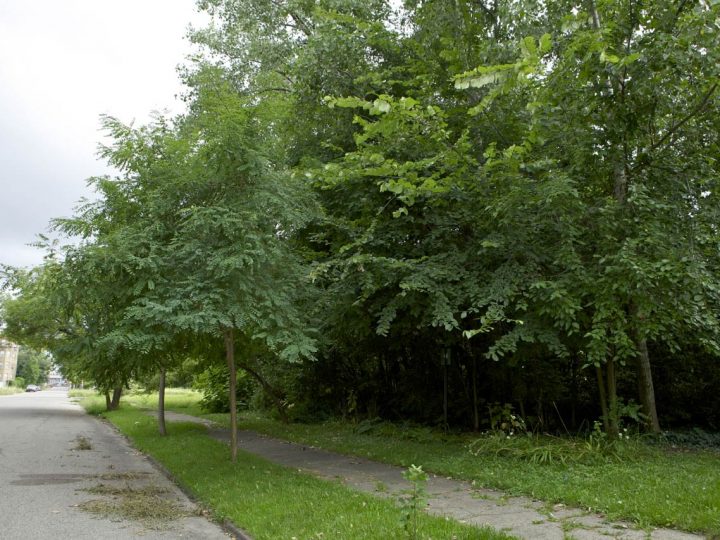
Photo © Lambert, Rotherstien, & Associates
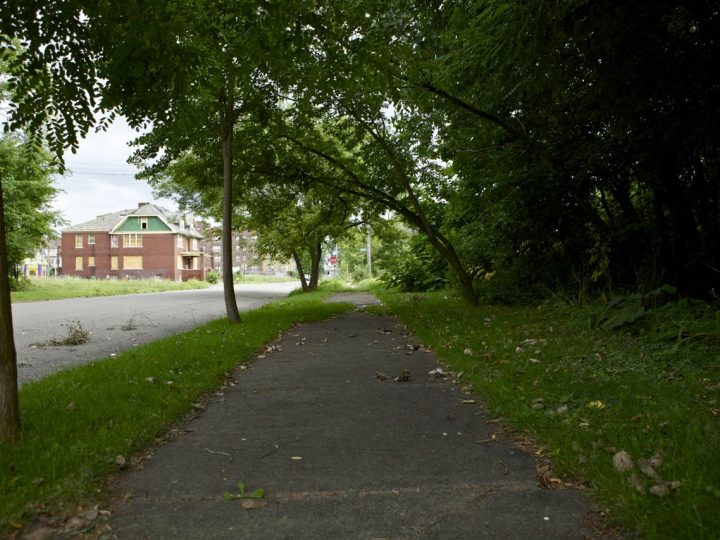
Photo © Lambert, Rotherstien, & Associates
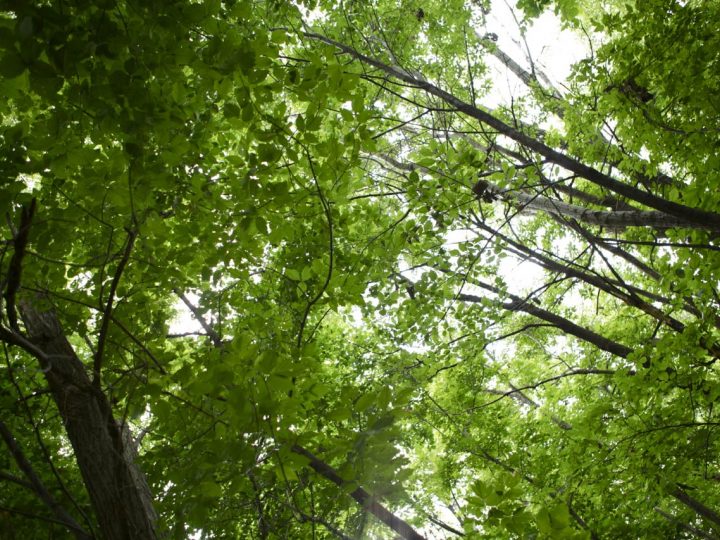
Lambert, Rotherstien, & Associates

Lambert, Rotherstien, & Associates
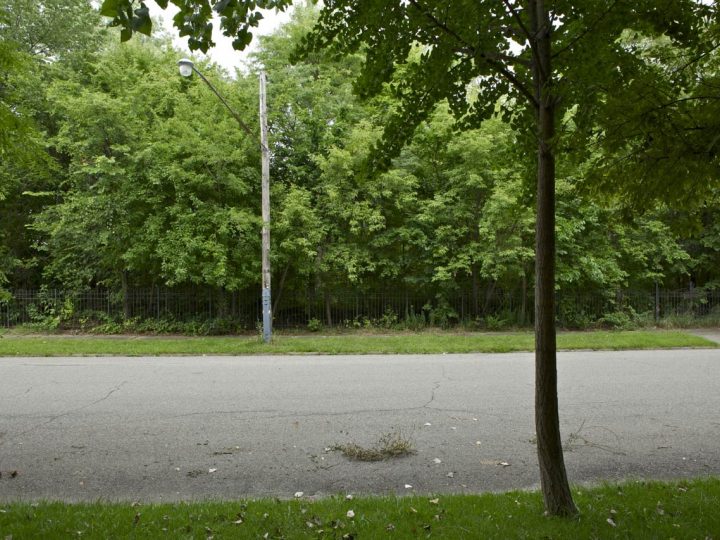
Lambert, Rotherstien, & Associates
Currently the site includes a mix of domestic plant species (the Michigan Daylily, and Boston Ivy), ‘volunteer’ urban tolerant species, including a few tree-of-heavens, along with oak, ash, and sassafras. The trees on this lot have had the space and resources to mature into a full woodland with time and through confinement.
Although the Field Guide suggests greater attention to maintaining the edge of a woodland lot, this example from Detroit’s west side is a reasonable expectation for a 15 to 20 year process of minimal lot maintenance without mowing or other forms of disturbance. This example also provides significant ecological amenities on a block mixed with families, houses, and vacant lots.





